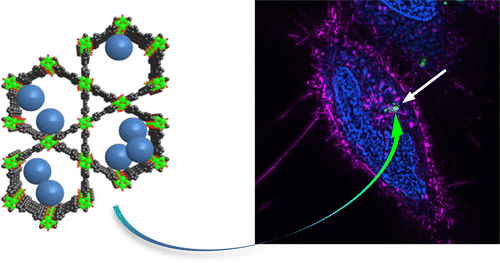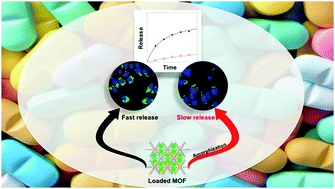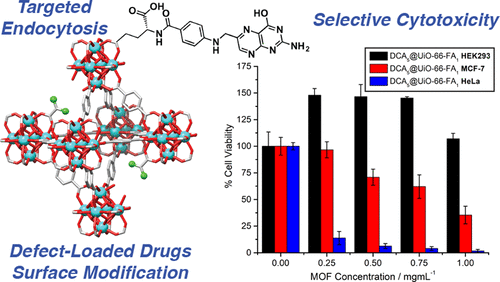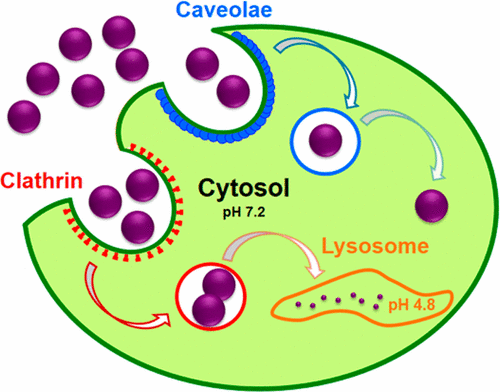Selected Publications

Temperature Treatment of Highly Porous Zirconium-Containing Metal–Organic Frameworks Extends Drug Delivery Release
Michelle H. Teplensky, Marcus Fantham, Peng Li, Timothy C. Wang, Joshua P. Mehta, Laurence J. Young, Peyman Z. Moghadam, Joseph T. Hupp, Omar K. Farha, Clemens F. Kaminski, David Fairen-Jimenez,
J. Am. Chem. Soc., 2017, 139 (22), pp 7522–7532.
Endocytosis Mechanism of Nano Metal‐Organic Frameworks for Drug Delivery
Claudia Orellana‐Tavra, Sergio A. Mercado, David Fairen‐Jimenez,
Adv. Healthcare. Mater., 2016, 5, pp 2261–2270.

Amorphous metal–organic frameworks for drug delivery
Claudia Orellana-Tavra, Emma F. Baxter, Tian Tian, Thomas D. Bennett, Nigel K. H. Slater, Anthony K. Cheetham, David Fairen-Jimenez,
Chem. Comm., 2015, 51, pp 13878–13881.
Screening of bio-compatible metal–organic frameworks as potential drug carriers using Monte Carlo simulations
María C. Bernini, David Fairen-Jimenez, Marcelo Pasinetti, Antonio J. Ramirez-Pastor, Randall Q. Snurr,
J. Mater. Chem. B, 2014, 2, pp 766-774.

Mechanistic Investigation into the Selective Anticancer Cytotoxicity and Immune System Response of Surface-Functionalized, Dichloroacetate-Loaded, UiO-66 Nanoparticles
Isabel Abánades Lázaro, Salame Haddad, José M. Rodrigo-Muñoz, Claudia Orellana-Tavra, Victoria del Pozo, David Fairen-Jimenez, Ross S. Forgan,
ACS Appl. Mater. Interfaces, 2018, 10 (6), pp 5255-5268.
Selective Surface PEGylation of UiO-66 Nanoparticles for Enhanced Stability, Cell Uptake, and pH-Responsive Drug Delivery
Isabel Abánades Lázaro, Salame Haddad, Sabrina Sacca, Claudia Orellana-Tavra, David Fairen-Jimenez, Ross S.Forgan,
Chem., 2017, 2 (4), pp 561-578.

Tuning the Endocytosis Mechanism of Zr-Based Metal–Organic Frameworks through Linker Functionalization
Claudia Orellana-Tavra, Salame Haddad, Ross J. Marshall, Isabel Abánades Lázaro, Gerard Boix, Inhar Imaz, Daniel Maspoch,
Ross S. Forgan, David Fairen-Jimenez,
ACS Appl. Mater. Interfaces, 2017, 9 (41), pp 35516-35525.